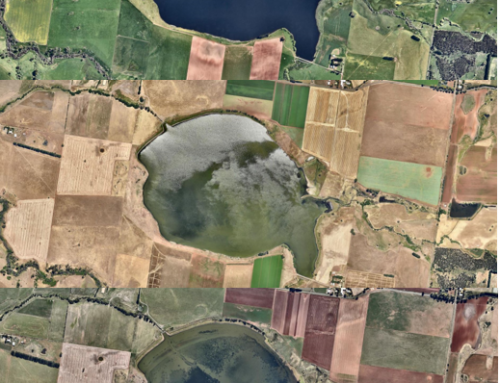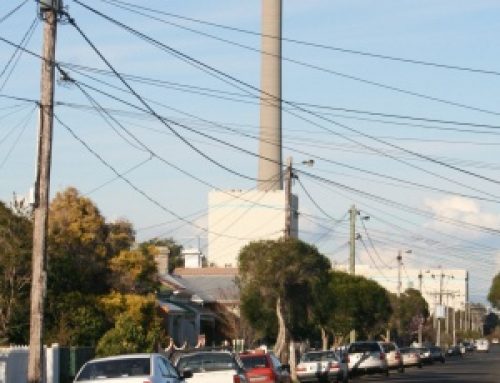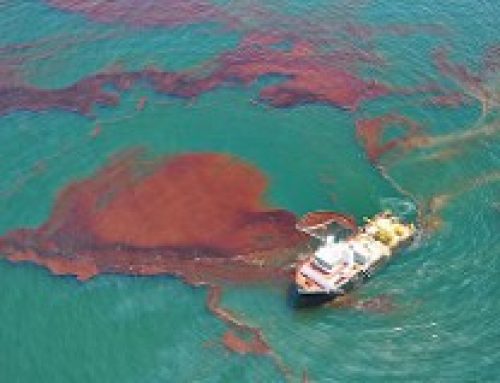Meeting current and future compliance requirements with continuous monitoring.
The handling of ground gas generation is one of the critical challenges of landfill management. Gas is generated by the microbiological breakdown of organic matter and generally follows a 5-phase evolution, bookended by aerobic phases, but centering on three highly active anaerobic phases (Figure 1.) Whilst most attention is placed on the generation of methane and carbon dioxide, other generated gases can also be of concern to regulators, including but not limited to sulphur dioxide, nitrogen dioxide, benzene, and carbon monoxide (EU Directive 2008/50/EC). In this article, we’ll explore the regulation and monitoring of landfill gas using the Victorian EPA guidelines as an example, but the discussion is universally relevant. In particular, we will examine the role of continuous monitoring in efficient landfill gas monitoring for current and future compliance requirements.

Figure 1: The 5 phases of landfill gas generation (from Publication 788.3, Victorian Environmental Protection Agency (2015))
The Victorian Environmental Protection Agency guidelines for landfill management center around the Siting, Design, Operation and Rehabilitation of Landfills (Best practice environmental management, or BEPM, Publication 788.2 – August 2015). This document seeks to ‘ensure no safety or environmental impacts are caused by landfill gas.” Since gas generation is inevitable within any landfill handling organic materials, a set of well worked methodologies have been developed for dealing with it safely, including energy generation, flares and bio-filters. However, fugitive emissions, those not accounted for by gas mitigation strategies, are not unknown or unexpected. Consequently, leeway is provided to landfill operators however fugitive emissions must be contained below a set of action levels and the EPA must be notified of exceedances within 24 hours. Importantly, the Landfill Licensing Guidelines (Vic EPA, Draft Publication 1619 – April 2016), stipulates that “all practicable measures must be undertaken to achieve the landfill action levels” which largely puts the onus on the operator to go above and beyond the minimal requirements to ensure compliance.

Figure 2: Landfill gas action levels (extracted from BEPM)
Whilst methane levels are the focus of most guidelines and studies due to its toxic and explosive nature, reference is made for other gaseous compounds that could be emitted and provide a health hazard to the surrounding environment and community. Action levels for these are stipulated in the State Environmental Protection Policy – Air Quality Management (Victorian Government Gazette No. S 240.)
In short, reportable and actionable gas levels are well described… the next question is, how often should measurements be taken? The Victorian guidelines are relatively clear in this regard, yet display some deviation from international counterparts. The EPA Victoria expects a default monitoring frequency to be quarterly, and half-yearly as an absolute minimum. Any identified exceedance must be reported to EPA Victoria within 24 hours. This represents a departure from EU air quality guidelines that recommend sampling is undertaken for the equivalent of 14% of the year for substances such as sulphur dioxide, the equivalent of weekly sampling (EU Directive 2008/50/EC).
The case for more regular sampling is strong, especially as this provides better understanding of their controls at a given site.
The case for more regular sampling is strong, especially as this provides better understanding of their controls at a given site. With this level of understanding it is then possible to optimize current sampling methodology as well as predicting how risks of fugitive gas release may need to be managed in the future. The importance of the latter concern has been highlighted by the recently successful $20 million class action following methane leakage from a closed landfill in Melbourne’s south.
Without high resolution time series data, the ground gas dynamics at a site must be extrapolated from disparate time point measurements, a practice which can inadequately account for temporal changes in ground gas intrusion. Ground gas evolution is influenced by a range of factors, including the rate of production, soil permeability and a range of meteorological conditions – including barometric pressure, frost, rainfall and wind. Therefore, the measurement uncertainty underlying only quarterly sampling is substantial, to the point that collected data could be potentially unrepresentative of the overall situation. This eventuality is mentioned in the draft Landfill Gas Fugitive Emission Monitoring Guidelines (EPA Victoria, Publication 1321.2), however is not addressed in the BEPM or licensing guidelines. An example was presented by Collins et al at the 27th International Conference on Solid Waste Technology and Management (Figure 3), and showed quite elegantly that a single point measurement substantially underestimated the maximum methane levels at the site which cycled dramatically over a 5-month period.

Figure 3: Variation in gas concentrations between point sampling with a GA2000 and time-series data from a continuous monitoring solution (Collins et al (2012) Analysis of landfill gas migration by use of autonomous gas monitoring platforms. IN: The 27th International Conference on Solid Waste Technology and Management)
Powerful continuous monitoring solutions exist. HydroTerra supplies a range of gas monitoring equipment for landfill monitoring, including the revolutionary Ambisense – capable of measuring the concentration of multiple gases continuously. AmbiSense can accurately measure ground and surface gas levels, unattended and in real-time. When interfaced directly with HydroTerra’s DataStream cloud platform to allows remote access to your data as well as providing for threshold alarms to ensure rapid response to gas level spikes.

Figure 4: Ambisense provides flexible, robust and continuous gas measurement
Contact us to speak to our product experts to discuss your gas monitoring requirements.
![Environmental Monitoring Services [HydroTerra] Logo](http://environmentalmonitoringservices.com.au/wp-content/uploads/2019/07/HydroTerra-Logo-White-500X112.png)





Leave A Comment